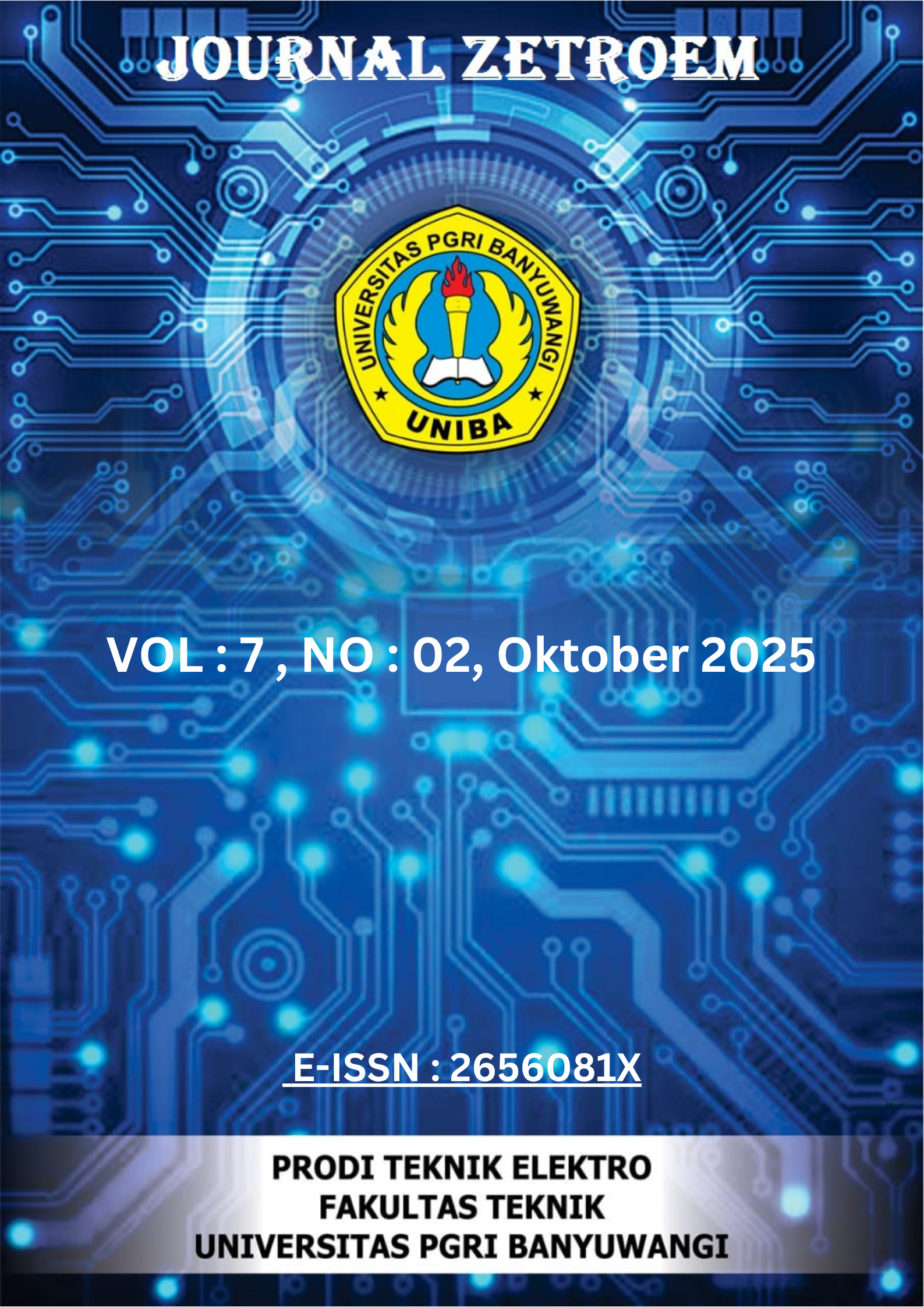Analisis Kinerja Multimodal Dense Neural Network untuk Deteksi Hipoksia Janin pada Dataset Tidak Seimbang
DOI:
https://doi.org/10.36526/ztr.v7i2.6204Keywords:
Fetal hypoxia detection, Cardiotocography (CTG), Multimodal Dense Neural Network (MDNN), Robust Preprocessing, SMOTETomek, Median Absolute Deviation (MAD), SHAP.Abstract
This study aims to develop a Multimodal Dense Neural Network (MDNN) for detecting fetal hypoxia using an imbalanced Cardiotocography (CTG) dataset. The primary challenges in fetal hypoxia diagnosis include the imbalance between Normal, Suspect, and Hypoxia classes and the limited interpretability of conventional deep learning models. To address these issues, a robust preprocessing pipeline was designed, consisting of Physiological Clipping (50–200 bpm), Median Absolute Deviation (MAD) normalization, SMOTETomek balancing, and Gaussian noise augmentation. The MDNN architecture integrates two parallel branches: Fetal Heart Rate (FHR) signals and clinical parameters (pH, Apgar score, and base deficit), fused through a Dense Fusion Layer to generate compact multimodal representations. Experimental results demonstrate that the proposed MDNN achieved 99.7% accuracy, 99.5% F1-score, and 0.993 AUC, outperforming CNN (84.6%), ResNet18 (82.3%), and MLP (87.5%). The confusion matrix showed good generalization capability with per-class accuracies of 69% (Normal), 56% (Suspect), and 67% (Hypoxia). SHAP feature importance analysis identified FHR pattern (0.45) and pH level (0.25) as the most influential features in classification. These findings confirm that the proposed MDNN is robust, computationally efficient, and clinically interpretable, making it a promising framework for real-time fetal hypoxia diagnosis in modern clinical environments.
Downloads
Published
How to Cite
Issue
Section
License
Copyright (c) 2025 Dianni Yusuf, Subono Subono

This work is licensed under a Creative Commons Attribution 4.0 International License.















